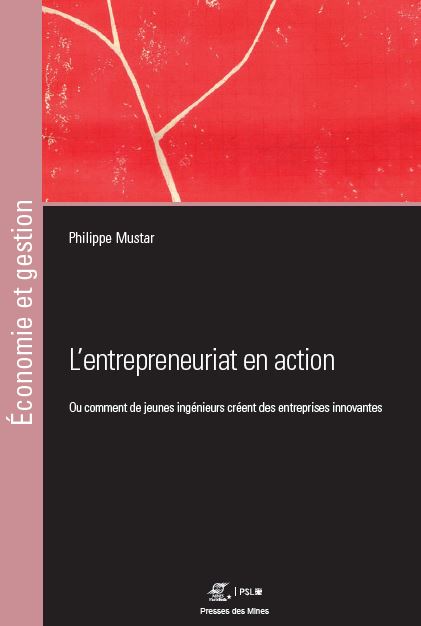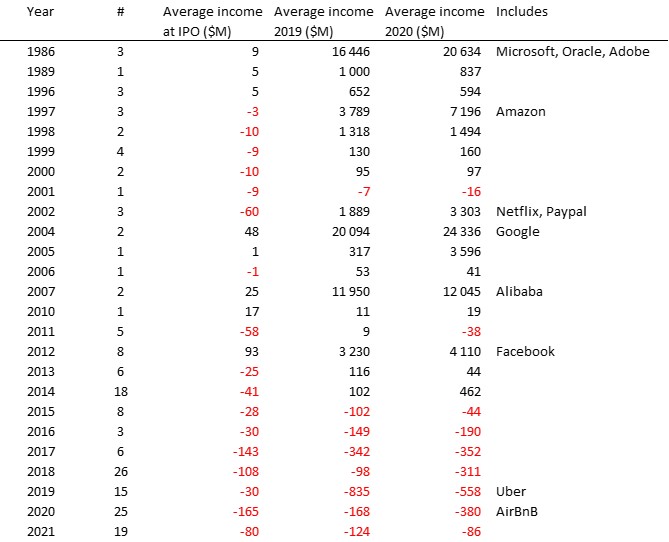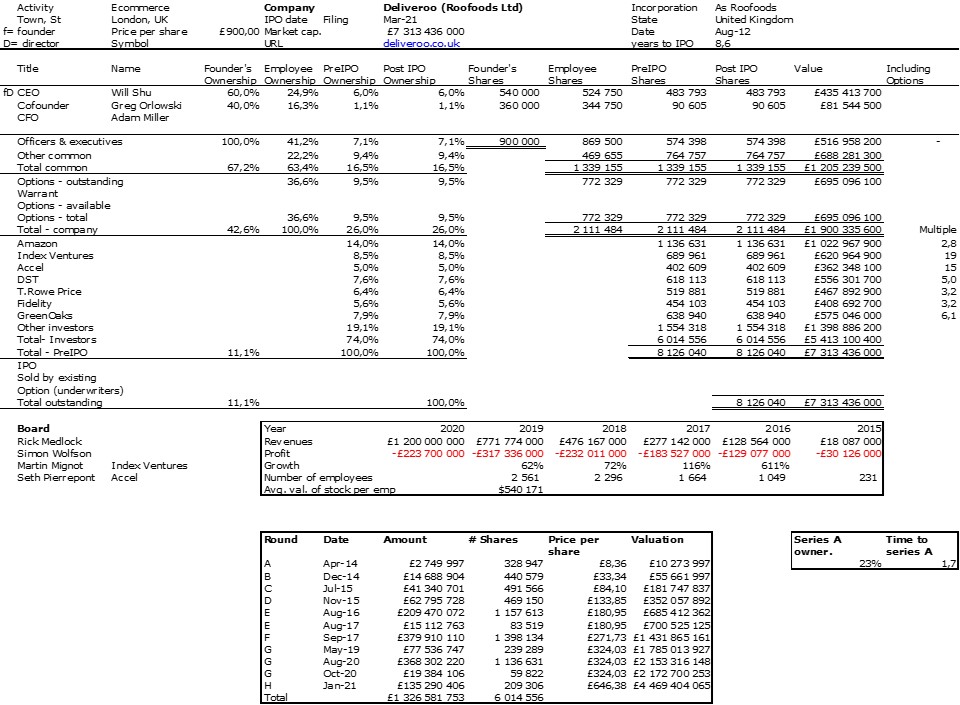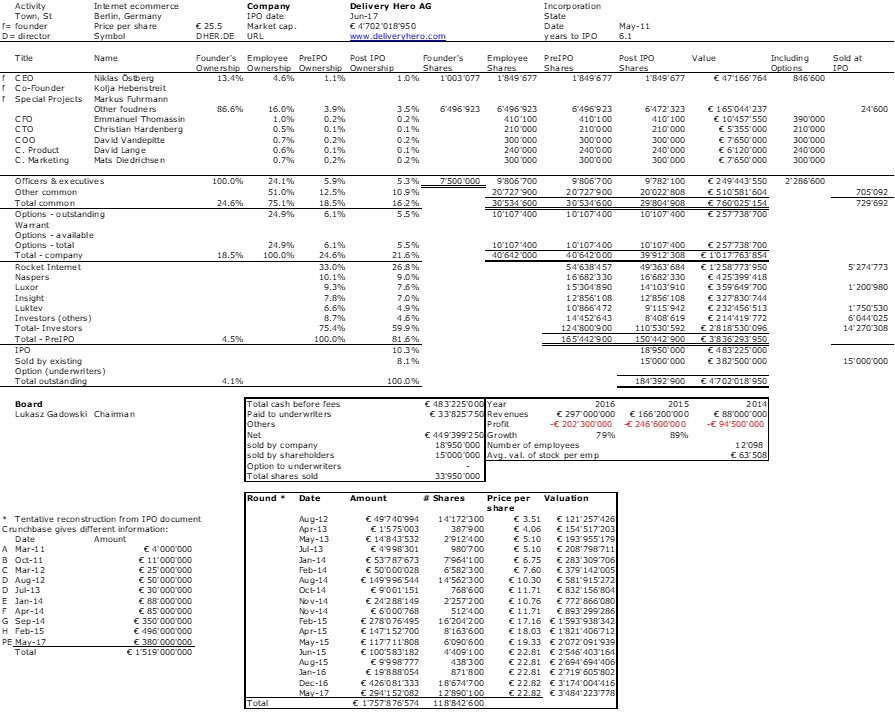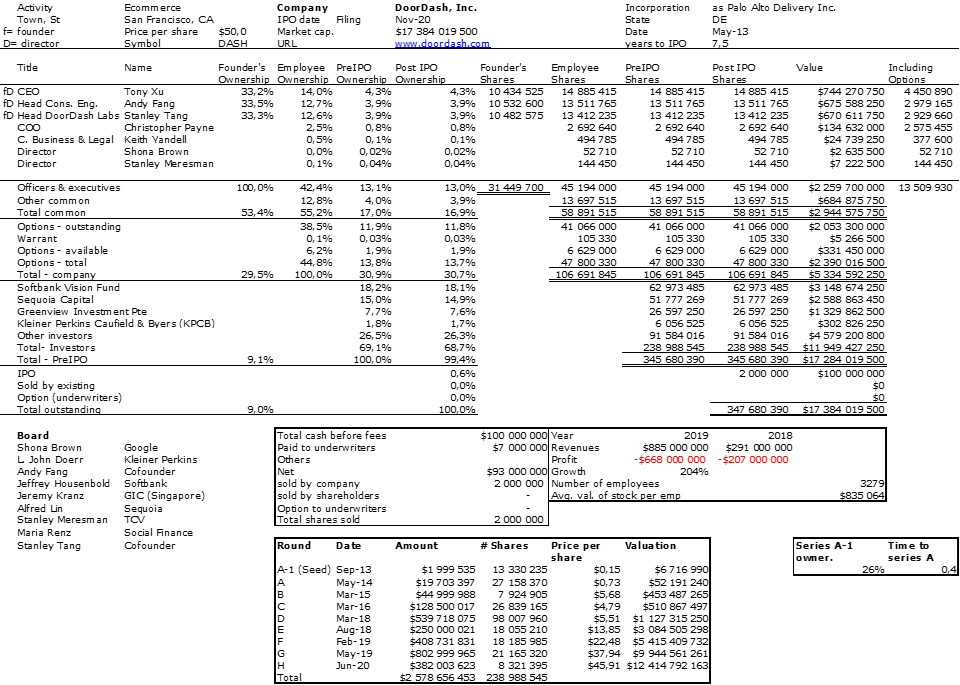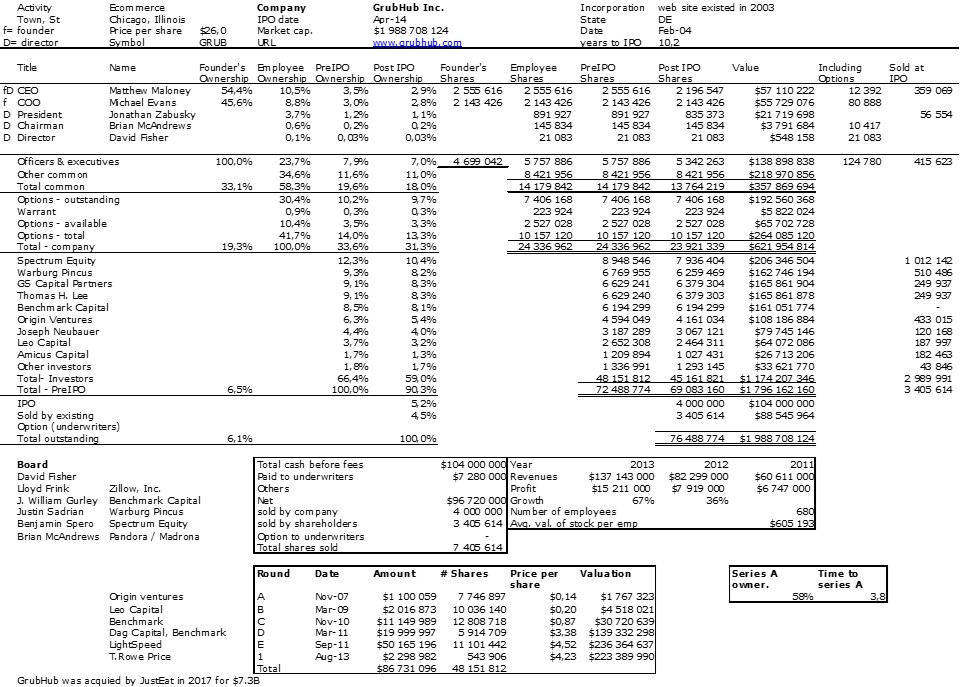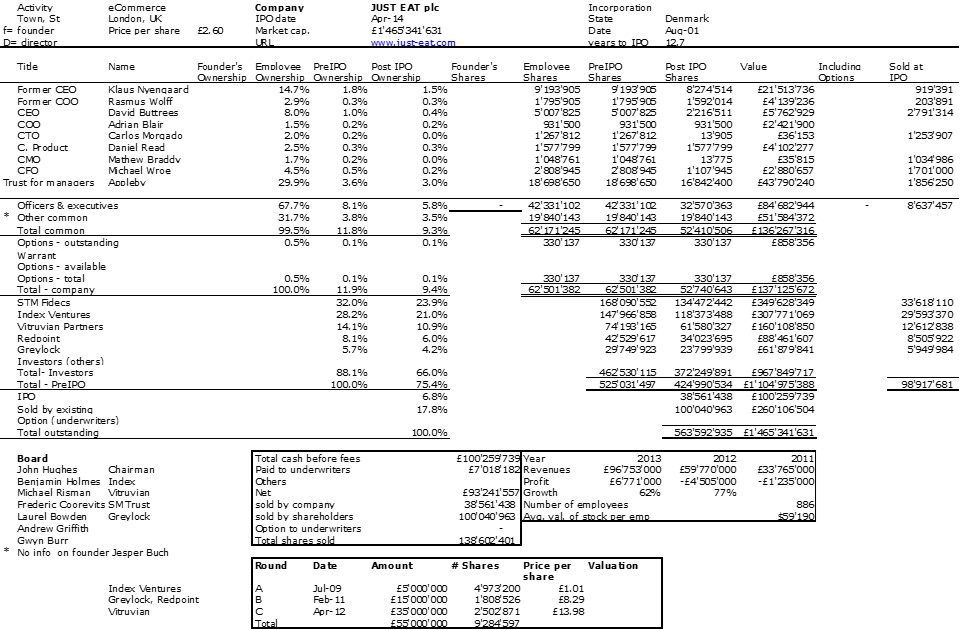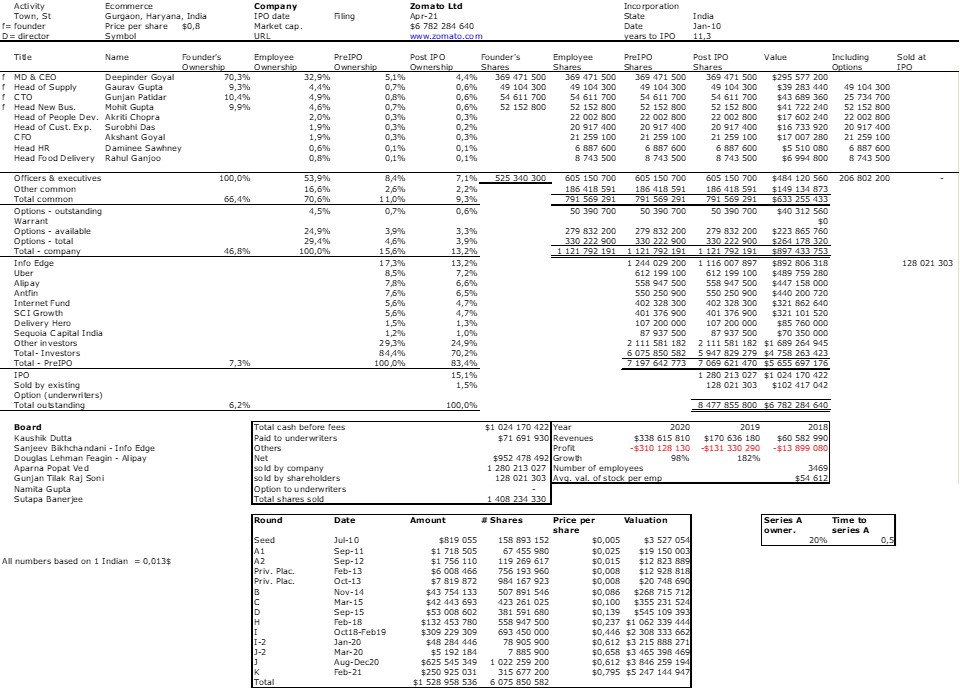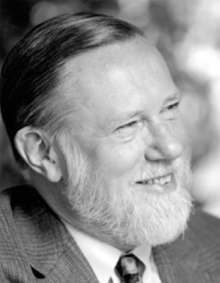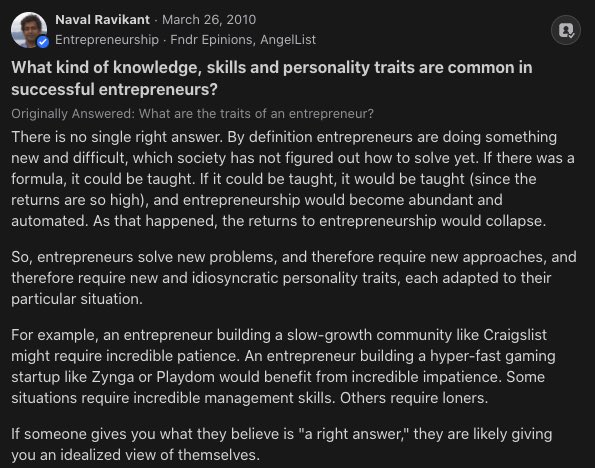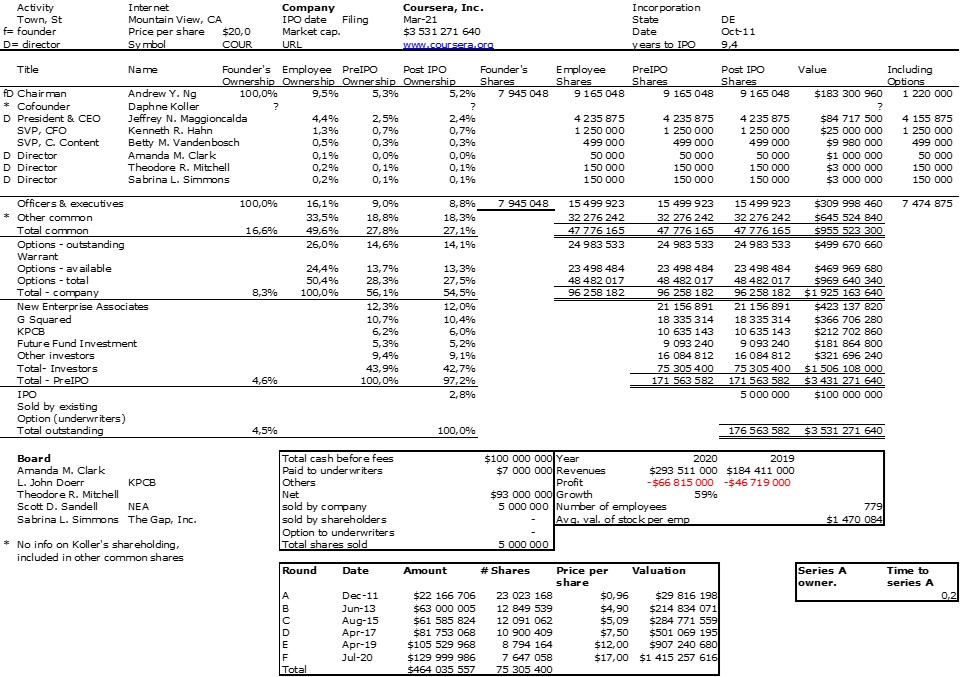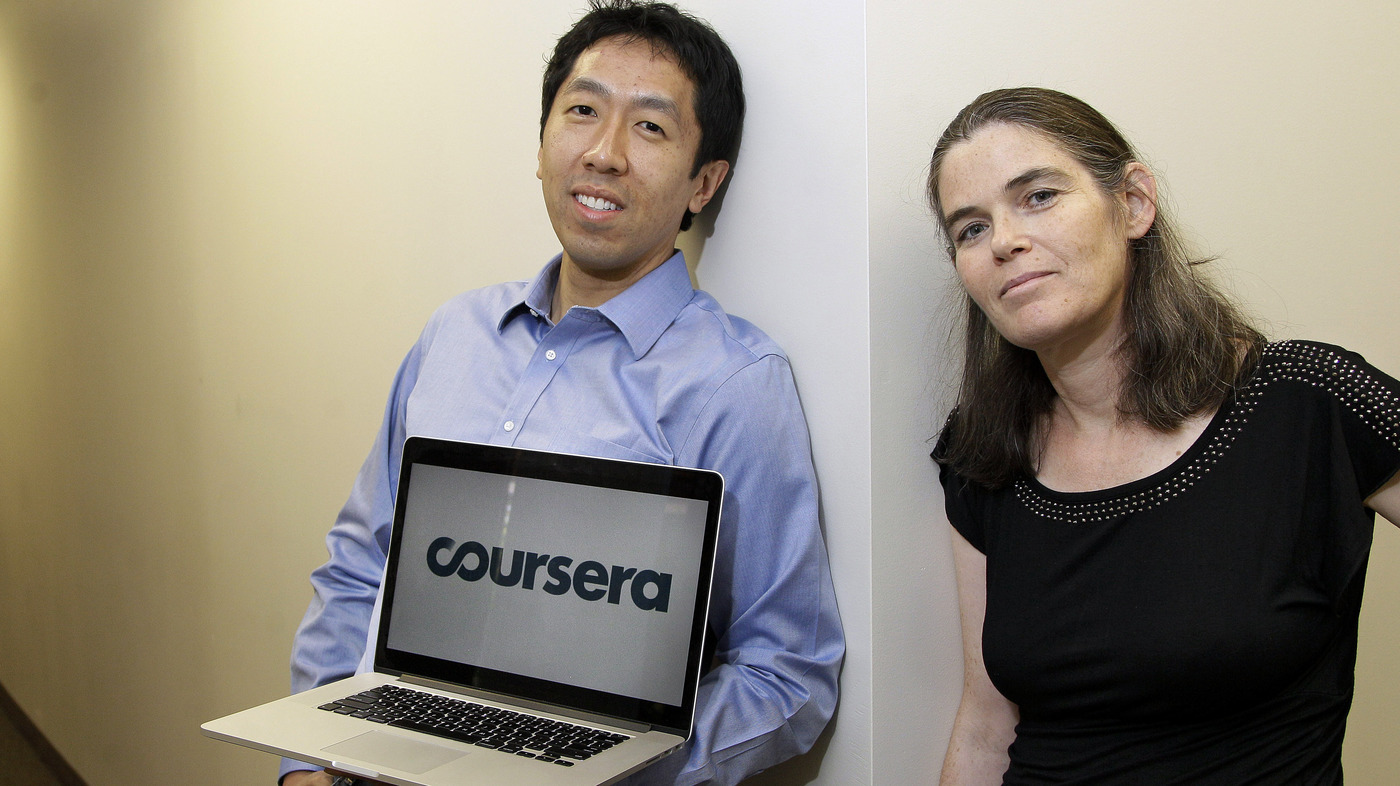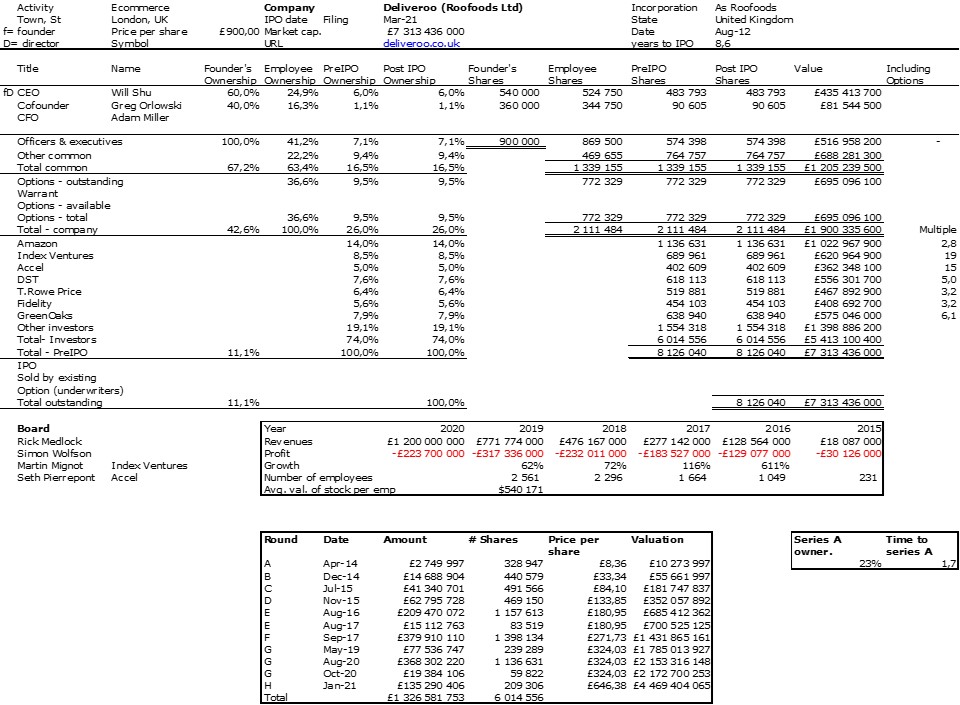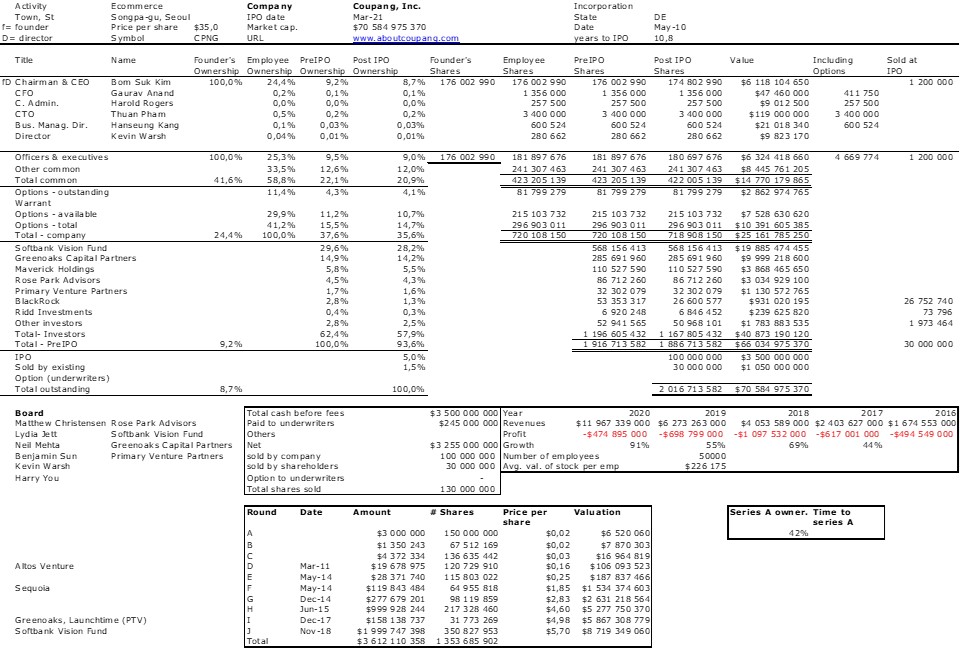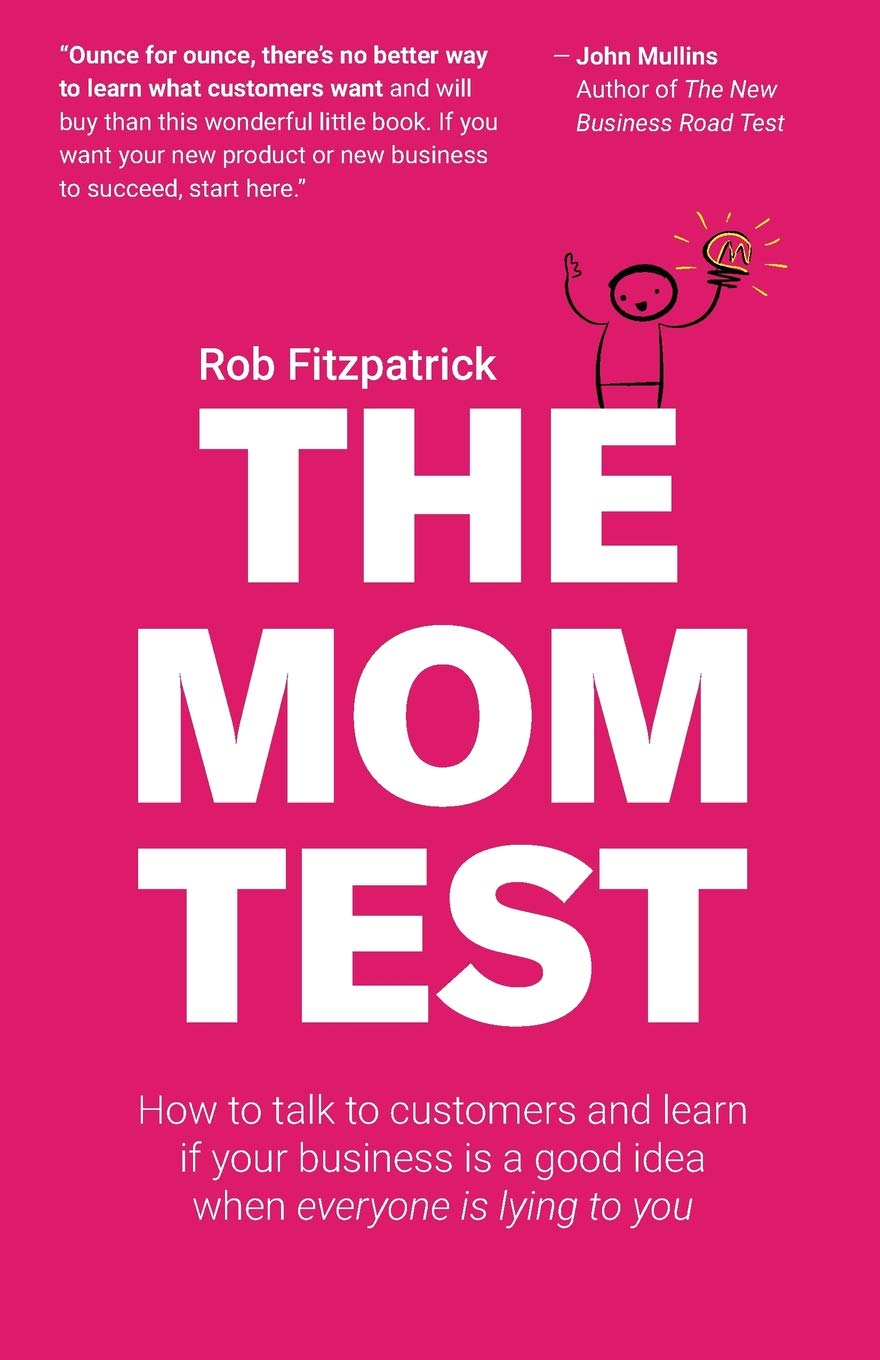The newspaper Le Monde just published an article about a recent book by Philippe Mustar – L’entrepreunariat en action. Ou comment de jeunes ingénieurs créent des entreprises innovantes. (Entrepreneurship in Action- Or how young engineers create innovative companies.)
The beginnings are very interesting as the following extracts show: “These stories underline that the creation of an innovative company is an experimental process for which no one knows in advance nor what will be the results or the point of arrival, nor even what knowledge and skills are needed to carry out this experiment. Unlike many stories and “cases” of business creation, where these tests and trial and error are forgotten, where the finished house is presented without the scaffolding that allowed it to be built, the reader is invited here to enter into these experiences (with not only their successes but also their dead ends and failures), and into the fabrication of the technical or economic content of these innovations (contents which, as we will see, are inextricably linked).” [Page 11]
And furthermore [Page 13] “[The book] does not provide recipes or a list of recommendations, it rather seeks to make processes and mechanisms intelligible, and thereby to make them more easily mastered by those who are are preparing to start a business.”
Then on page 27, “Except that I defend the idea that finding or creating opportunities, and exploiting those opportunities are not two separate moments and are part of a single movement.” with the following footnote: “As early as 2004, Per Davidson in his work Researching Entrepreneurship (New York, Springer) criticized this separation and insisted on the interweaving of the phases of discovery and exploitation. He will also sharply criticize this notion of opportunity. Another important criticism attacks the pre-existence of opportunities that would be discovered by entrepreneurs, Sharon Alvarez and Jay Barney argue that opportunities are built by entrepreneurs and that they do not exist independently of them. For this constructivist perspective, opportunities cannot exist outside the imagination of the entrepreneur of his future world. Alvarez S. A. and Barney J. B., 2007, “Discovery and Creation: Alternative Theories of Entrepreneurial Action”, Strategic Entrepreneurship Journal, 1: 11-26.”
The first part is devoted to a biotech startup seeking to produce synthetic DNA, DNA Script. I found there convincing testimonies as to the complexity of situations. For example:

“Yes, it’s a much better idea to make shovels rather than trying to dig. It is better to sell shovels than to be a gold digger because the likelihood of you finding a vein is extremely low. Whereas you are sure to sell shovels to anyone looking for a vein. Yes, let’s make a tool that will allow all gold diggers to dig faster, deeper and more easily “(Sylvain). [Page 45] Here is a tough first choice that will impact the creation of final value and whose decision is not as simple as these entrepreneurs seem to say…
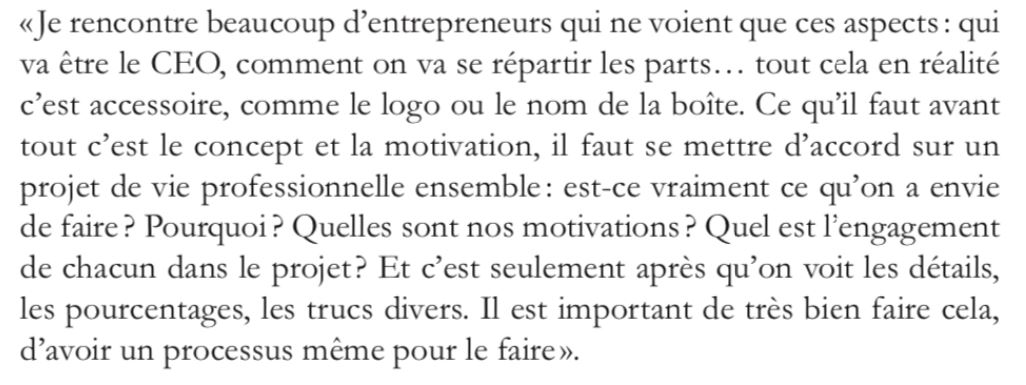
“I meet a lot of entrepreneurs who only see these aspects: who is going to be the CEO, how we are going to dallocate the shares … all of this in reality is incidental, like the logo or the name of the company. What is needed above all is the concept and motivation, we have to agree on a professional life project together: is this really what we want to do? Why? What are our motivations? What is everyone’s commitment to the project? And it’s only after you see the details, the percentages, the miscellaneous stuff. It’s important to do this really well, to have a process even to do it.” [Page 47] Other critical topics, on what is essential vs. incidental because an entrepreneur cannot do everything at once.
Exciting and to be followed!

